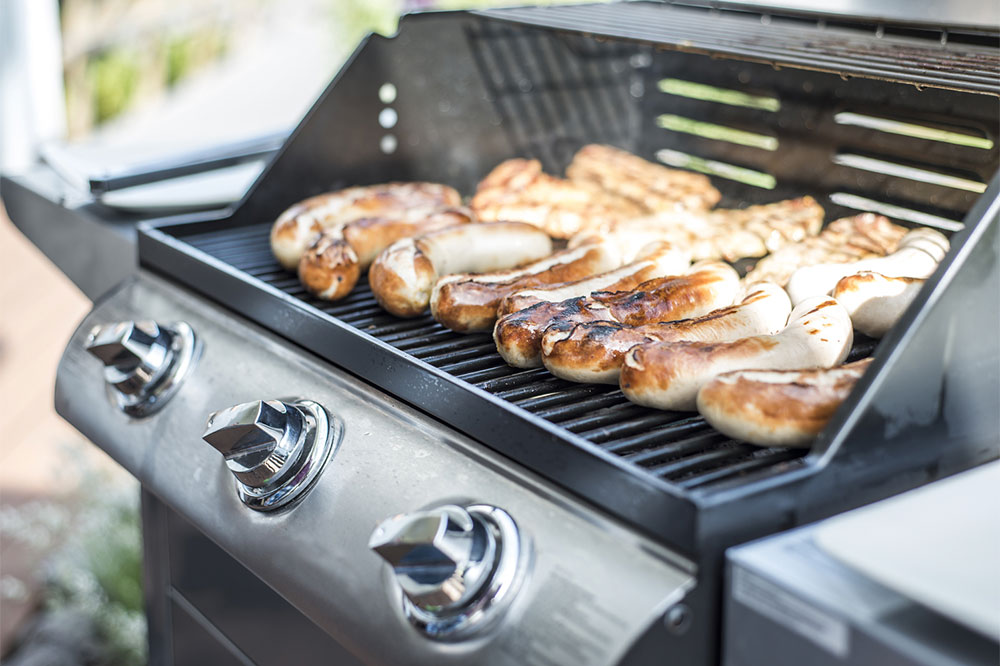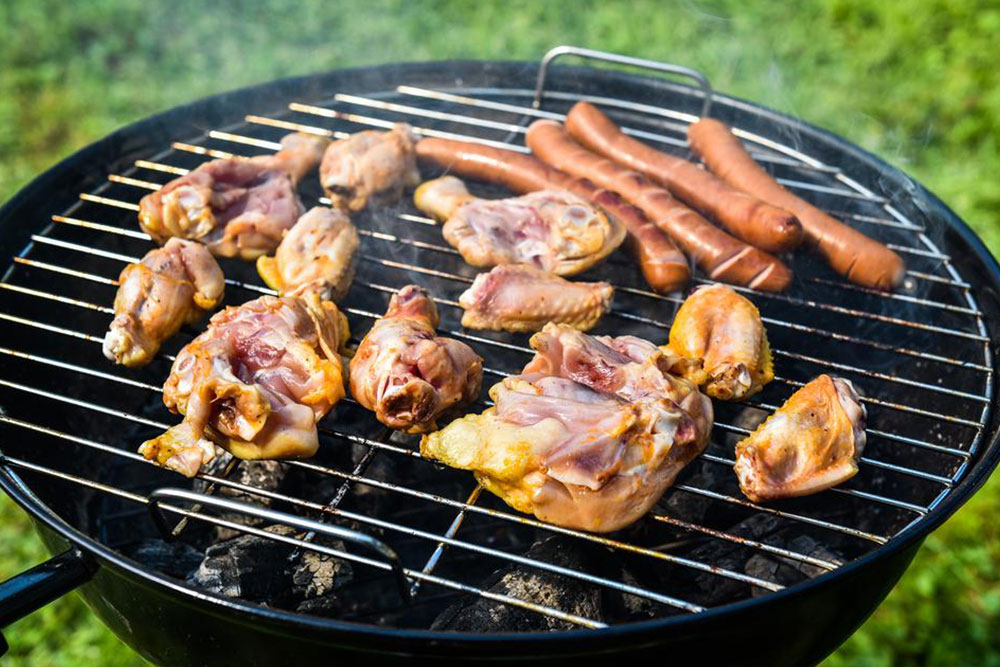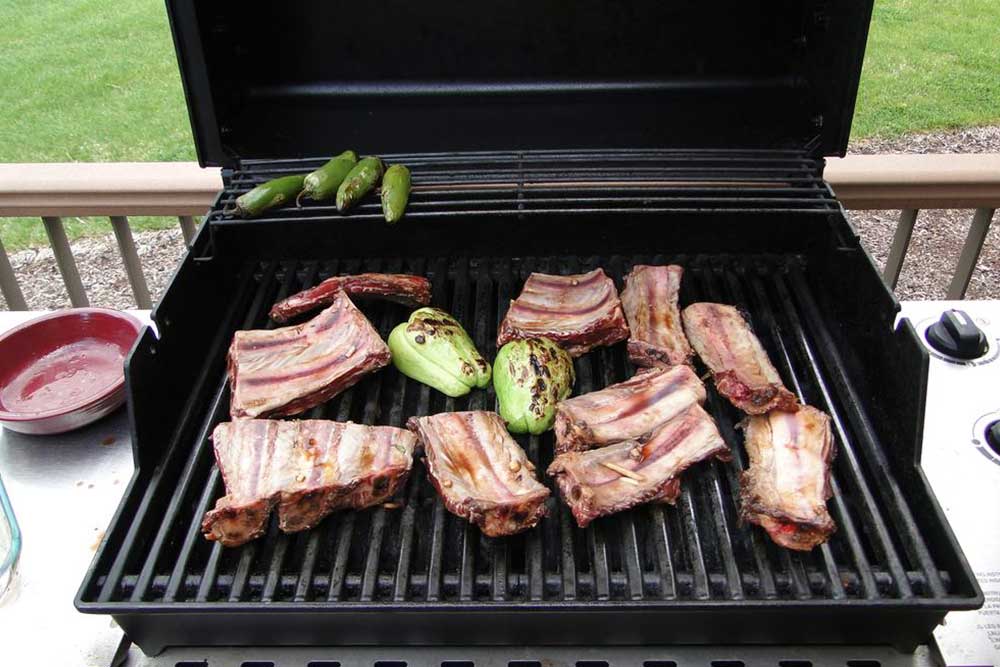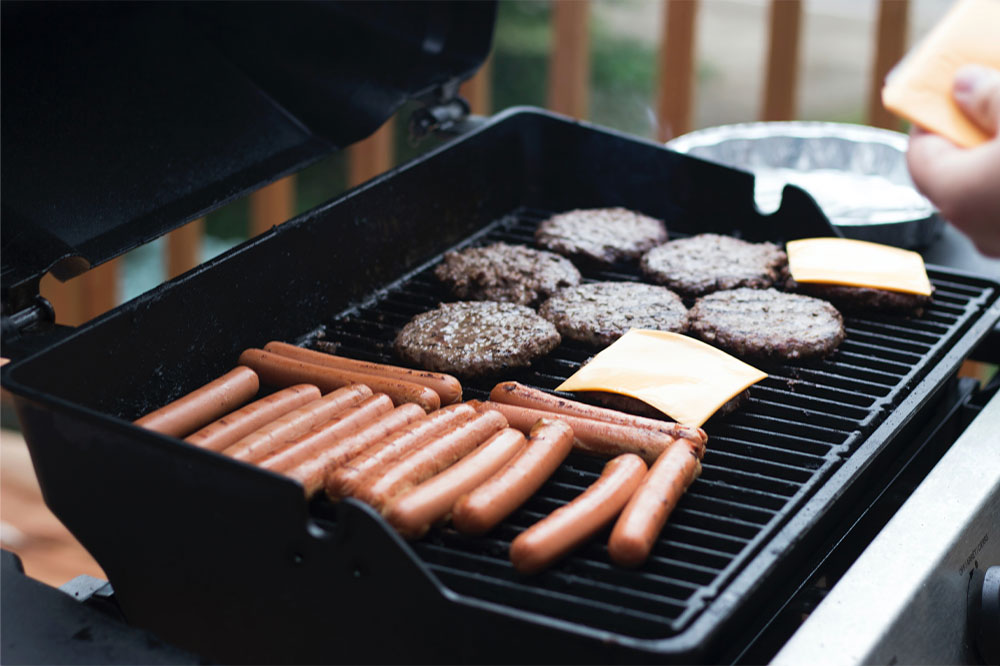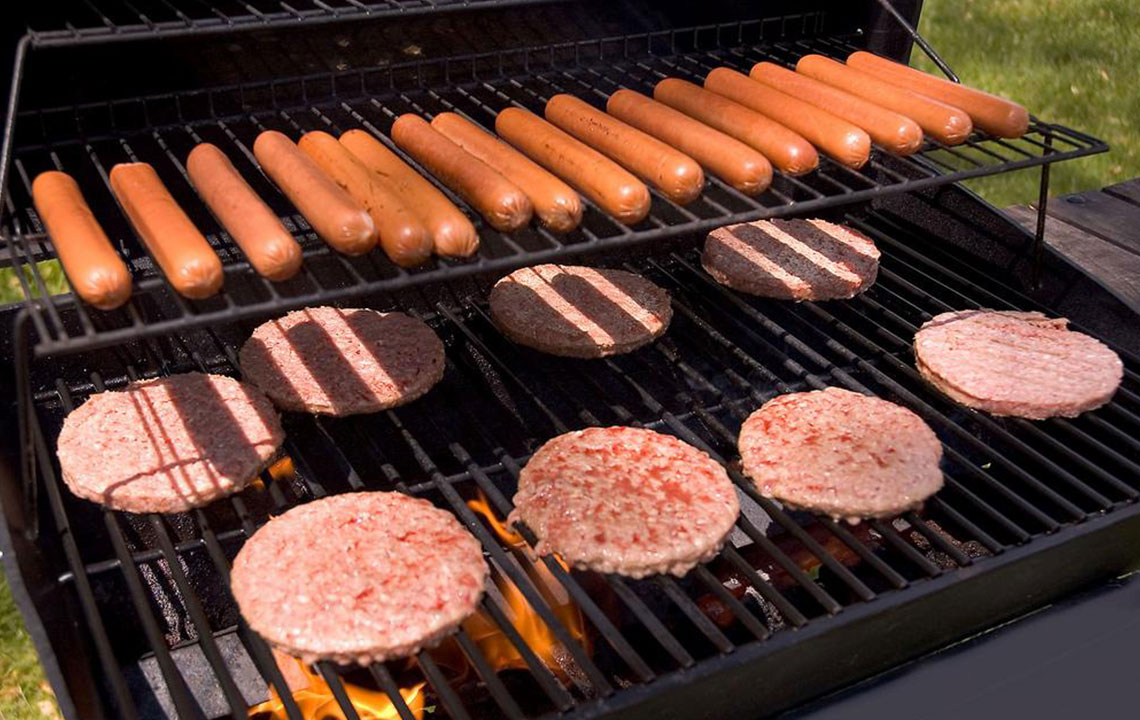Exploring Diverse Cooking Techniques Around the World
Discover a wide range of cooking methods from around the world, including techniques like broiling, grilling, roasting, sautéing, and steaming. This overview highlights how different cultures utilize heat and chemical processes to create diverse dishes, reflecting environmental and cultural influences. Whether using dry heat or moist methods, these techniques are essential for preparing a variety of foods, from meats to vegetables and delicate delicacies. Gain insights into the art of cooking and elevate your culinary skills with this comprehensive guide.
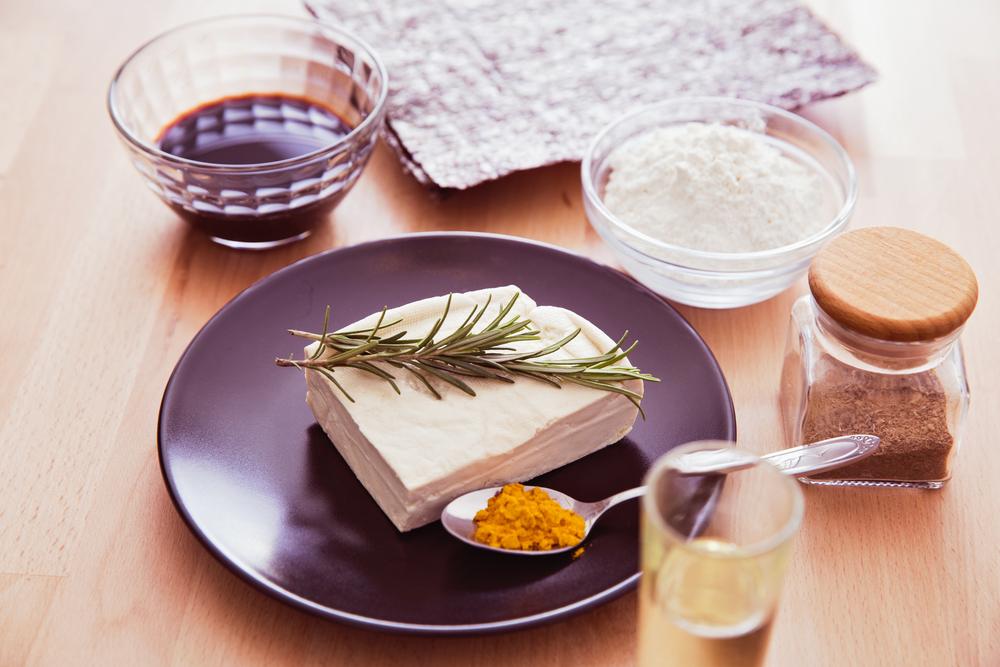
Exploring Diverse Cooking Techniques Around the World
Cooking is an art and science that transforms raw ingredients into edible dishes, utilizing various methods both with and without heat. Across different cultures, techniques and ingredients highlight environmental and cultural influences. Human beings have been cooking with fire for over two million years, but there are also heat-free methods, such as preparing ceviche—fish or meat cured with lime or lemon juice's acidity. These chemical reactions allow the food to be cooked without traditional heat.
The following are common cooking methods used worldwide to prepare diverse dishes, depending on the ingredient and desired outcome:
Broiling: Uses radiant heat from an overhead source, cooking food quickly and creating appealing marks from the heat source.
Grilling: Similar to broiling but heat comes from below, often leaving distinctive grill marks on meats and vegetables.
Roasting and Baking: Both involve surrounding food with dry, hot air in a closed environment. Roasting generally refers to meats and poultry, while baking is used for pastries, vegetables, and fruits.
Sautéing: Uses conduction heat in a hot pan with a small amount of oil to cook food quickly while enhancing flavors.
Pan-frying: Similar to sautéing but with more oil, pan-frying involves conduction heat transfer to cook larger quantities or thicker foods.
Deep-frying: Submerges food in hot fat, allowing rapid conduction for crispy, flavorful results.
Poaching: Gentle cooking in simmering liquid, ideal for delicate foods like fish, eggs, and fruits, with subcategories including submerged and shallow poaching.
Simmering: Long, slow cooking in liquid at low heat to tenderize tougher cuts of meat.
Steaming: Moist heat transfer via steam in which food is cooked through direct contact with vapor, preserving nutrients.
Braising: Combines dry and moist heat to tenderize large cuts of meat, often enhancing flavor with added liquids.
Note: Our articles provide useful insights across various categories, based on research and data for educational purposes. Readers should consider the information as general guidance and not absolute. We are not responsible for discrepancies or outdated details found elsewhere. Additionally, some offers and schemes may differ or be unavailable on other platforms.

